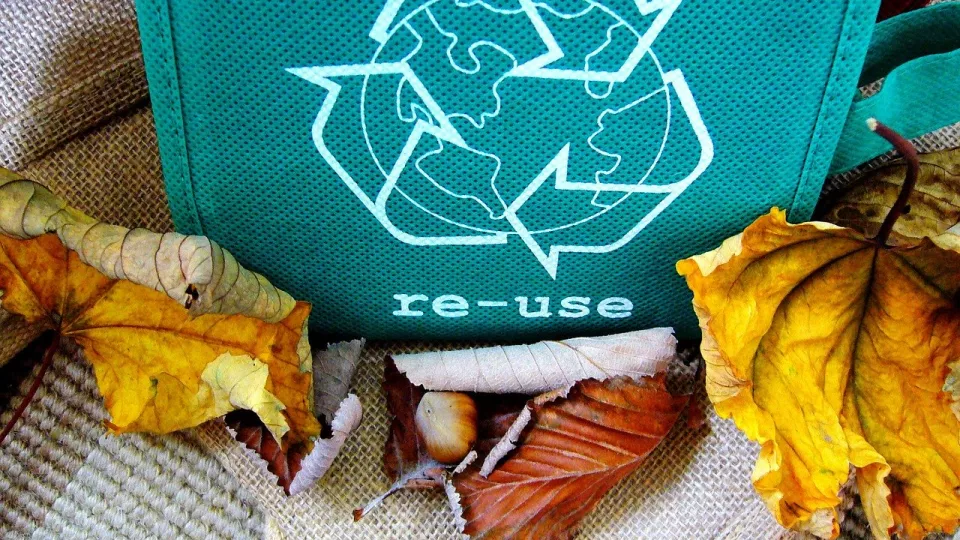Ever wondered what motivates consumers to engage in circular home textile disposal practices? IIIEE researchers Matthias Lehner, Oksana Mont, Giulia Mariani, and Luis Mundaca have just published a study in Sustainability, answering this question based on a sample of IKEA Consumers in Sweden.
Abstract (by the authors):
If policy-makers and businesses are to encourage consumers to participate in circular consumption systems, knowledge is needed about what motivates consumers to choose different disposal options. This paper aims to shed light on what motivates consumers to engage in circular home textile disposal practices.
Quantitative data was collected through a survey of members of the IKEA Family programme (N = 238), and logistic regressions were carried out to complement the quantitative analysis. Qualitative data was collected in semi-structured interviews with a total of 24 Swedish consumers.
Our findings show that donating and discarding are the most common options for handling home textiles, followed by reusing/storing, repairing, and reselling. Regression results indicate that environmental concerns, convenience, and economic reasons are the dominant motivations in choosing a disposal option. Prosocial behaviour and normative issues play a lesser role.
We recommend that policy-makers and businesses work to increase convenience of consumers’ participation in circular product practices, and continually communicate environmental benefits of circular disposal options. Businesses and policy-makers aiming to make circular consumption more attractive also need to ensure economic benefits for consumers.
Read and download the full article here.


